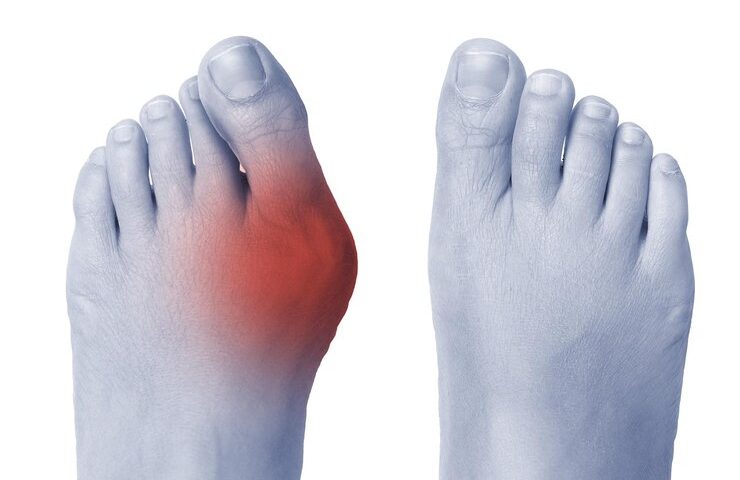
Restore Medical Partners Adds Rheumatology Services for Venice Community
July 22, 2021
Meet the founder of Restore Medical Partners – Dr. Lindsey Job
October 14, 2022How to Treat Painful Bunions

Bunion is the Latin word for “bump” or bump of bone, which is basically what a bunion is. What happens is, the first metatarsal—or big toe bone joint—will angle and rotate inward, toward your opposite leg. This is called “deviation” from the normal positioning of the bone structure. Often this begins at a young age, as early as three or four years old.
As the metatarsal bone protrudes, it forces the big toe in the opposite direction (out towards the other toes on that foot) and produces a buckling of the joint. The top of the metatarsal bone, now “subluxed” or separated from the big toe joint, is where the bunion is.
In this YouTube video, board-certified podiatrist Dr. Michael Katz, explains how to treat painful bunions.
Painful bunions caused by osteoarthritis and degenerative disease
With bunions you can also develop osteoarthritis or degenerative disease of the joint. As the joint wears away and the bunion progresses and grows larger, you can develop joint disease.
Different types of arthritis—not just osteoarthritis but rheumatoid arthritis as well—can affect the first metatarsal phalangeal joint as well as all the joints in the foot. Gouty arthritis, or gout occurring in the foot is the most common occurrence for gout and can present with a very hot and warm and extremely painful big toe joint.
When you visit a podiatrist for painful bunions, the doctor will typically look to see whether you have a foot deformity or a flexible arch. If you have a flexible arch, it can cause the bunion to worsen. This is because the more pressure there is on the inside of the foot as the foot flattens, the more pressure there is on the first metatarsal, which further causes it to deviate.
Nonsurgical treatment for painful bunions
If you have a flat foot deformity, your podiatrist may recommend an orthotic which is a shoe insert that can be used to stabilize the foot and help prevent the bunion from worsening.
Other nonsurgical options for painful bunions include injections to the area. If there’s bursitis associated with the bunion, for example, a corticosteroid injection in the joint will settle the joint down by reducing inflammation and pain. This is not a permanent cure but produces enough pain relief from bunions that you can walk further and do more in your daily life. You may need repeat injections after a few weeks or months and go for regular check-ins with your podiatrist.
Need help with painful bunions?
Talk to our podiatrist today. We offer same-week appointments!
Contact Us
contact@restoremedicalpartners.com
(941) 375-3006
(941) 218-4825
333 S Tamiami Trl, Suite 101
Venice, FL 34285



